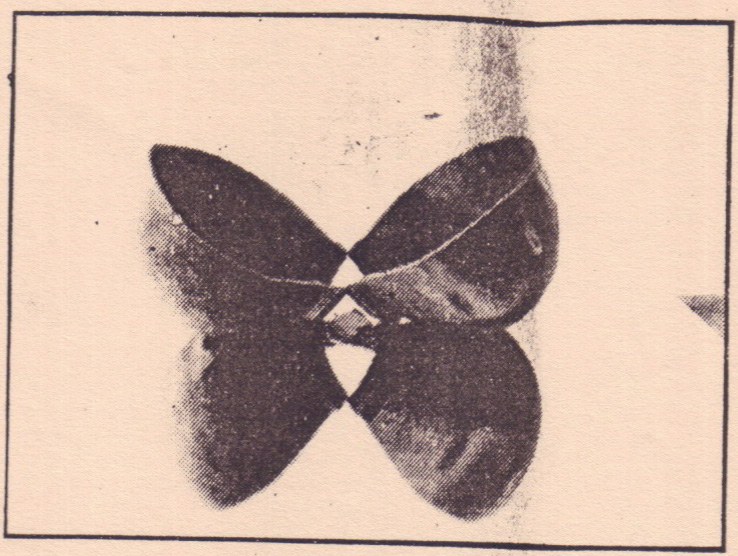
Rummana Hussain’s show of installations and paintings, ‘Multiples and Fragments’ is revealing in the links she makes between what she be lieves in, the means and the medium she uses to express herself, and the reality she speaks of.
Her own defence of domesticity as a series of arduous activity that demand a host of skills, even as they remain unappreciated, and dismissed as worthless, stands convincing ly supported by her portrayal of the domestic, and what falls within its domain.
The use of materials easily available around the house, such as ‘neel’, used to whiten the clothes, and natural pigments like the saffron ‘geru’ are skillfully used to drive home the understanding between the woman and nature as a feminine force, as well as the politics of house keeping. Hussain’s work is, quite naturally, subjective, yet there is always enough scope for the viewer to find his/her own explanations.
'Indigo', for one, takes the form of a clothesline, where the crushed paper is worked upon using indigo and ‘neel’. Hussain here attempts to tackle the issue of oppression, whether in the colonial past, (her use of indigo refers to the oppression by the British planters of indigo growers), or a supposedly ‘free’ present, when women are the subjects of a male gaze, and judged according to a male prescription. Domesticity is also the issue with which she tries to concern herself, and her viewers in her newest works com ‘Fragments from Splitting’ by Rummana Hussain prising xeroxes and colleges, postcards and small cartons, all suspended in file covers, and building up to the question she is posing.
Hussain also uses mirrors to produce multiple image, seeming to question what ‘the real thing’ is, and on her part, rejecting any such absolute truth. In ‘Fragment from Splitting’, images have no one strictly defined meaning and do not retain a monolithic character that cannot be altered. This viewer breathing space, and the chance to explore while the exhibit itself retains its appeal and freshness.
Paper has come to play a fascinating and altered role in Hussain’s works: instead of merely being the blank space upon which the artists begins to work, it has been given a quality and character of its own. Crumpled, tattered, even carefully crushed, this paper becomes an intrinsic part of the painting, as in ‘Strain’, or ‘Indigo’, or even when it is peeled off to expose a lower layer.
Hussain’s works are appealing precisely because they allow the mind to react to the ideas that the artist is constantly offering, without dictating any terms and conditions at all.